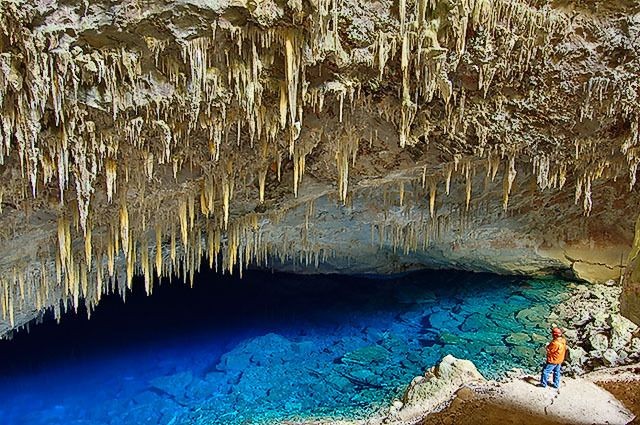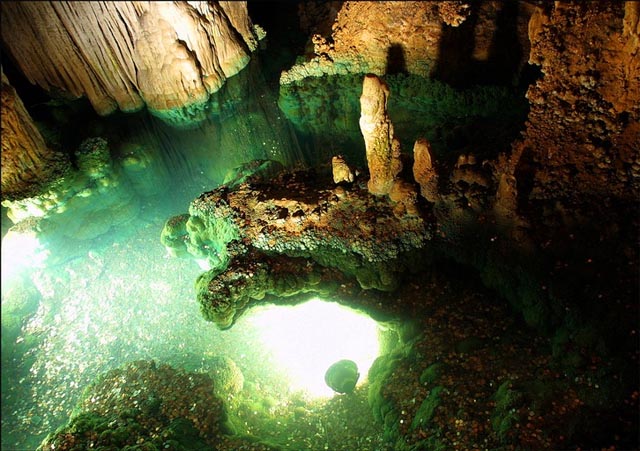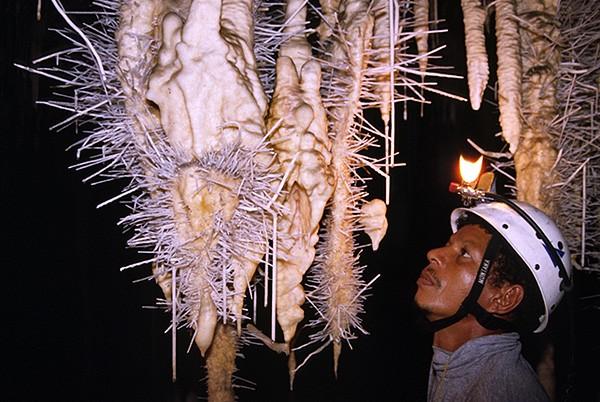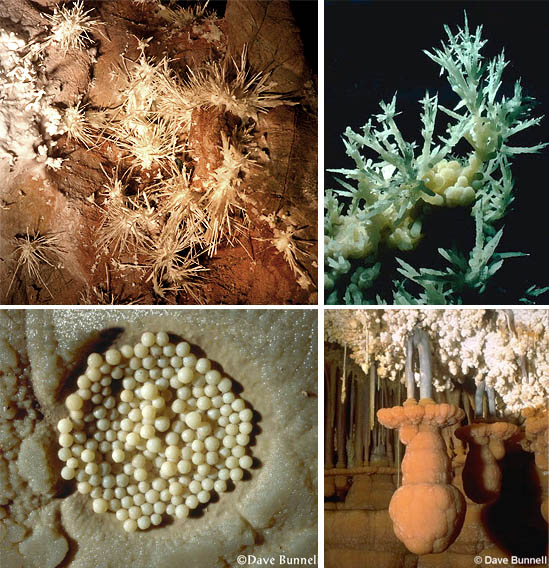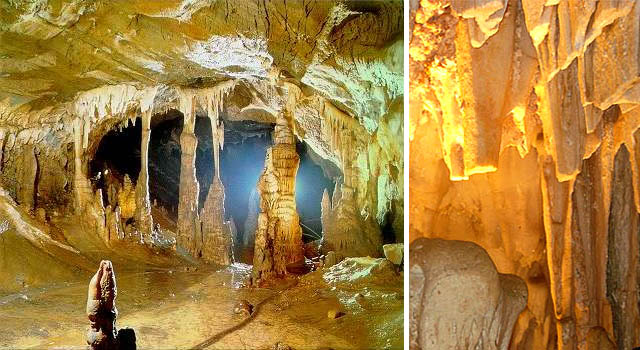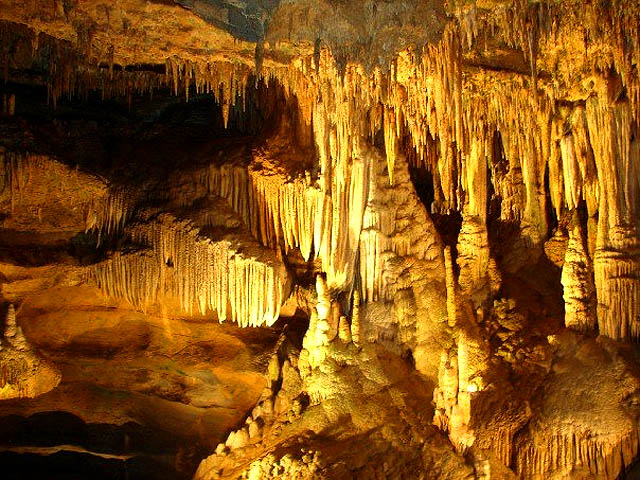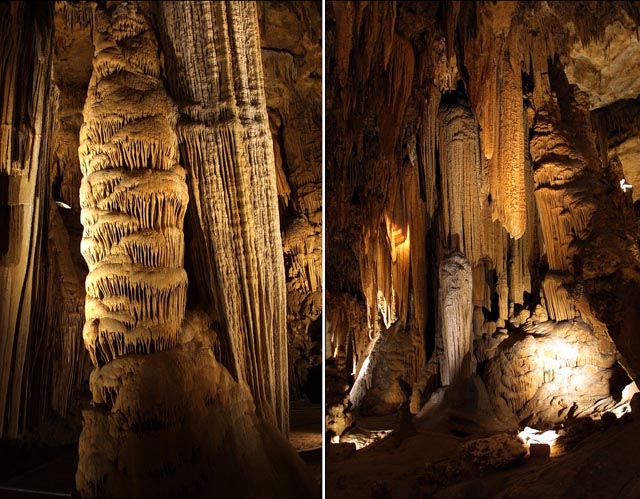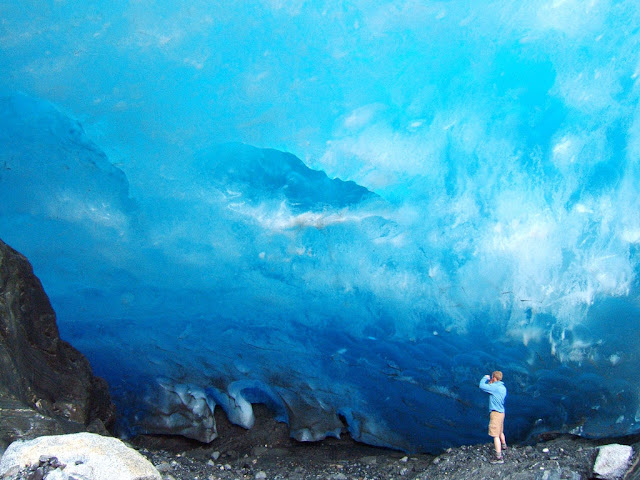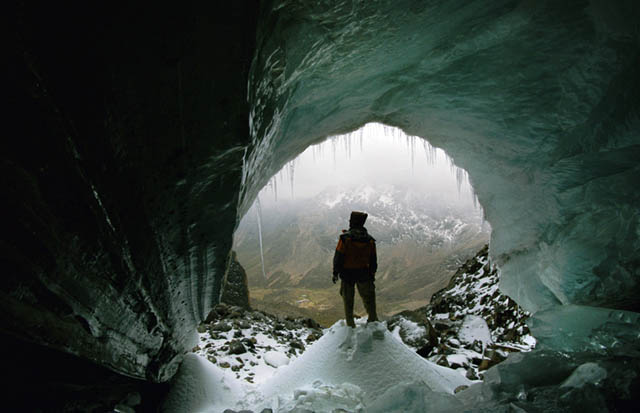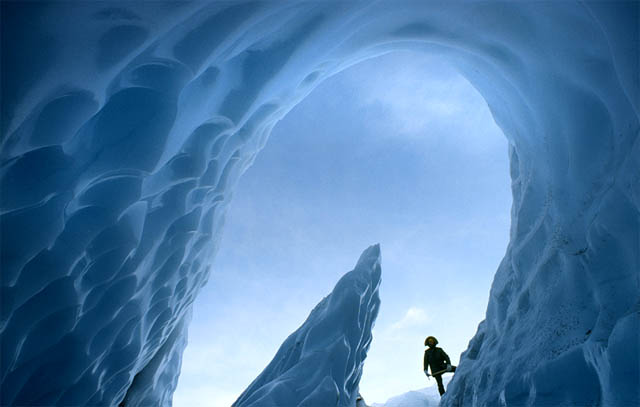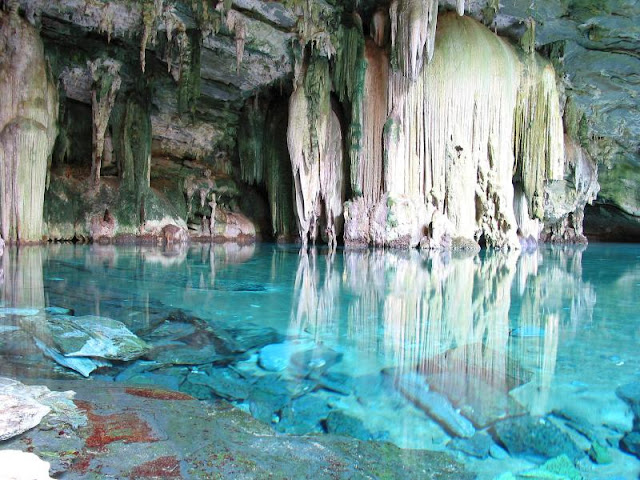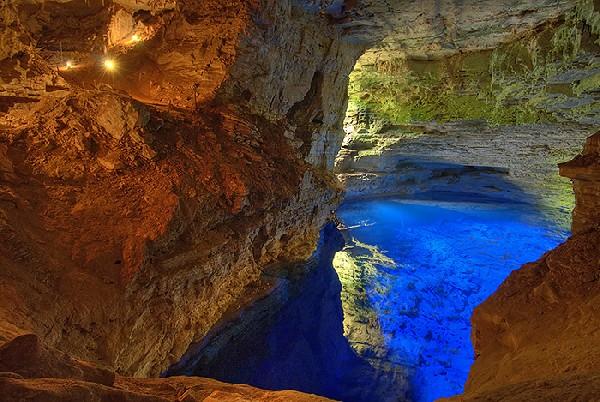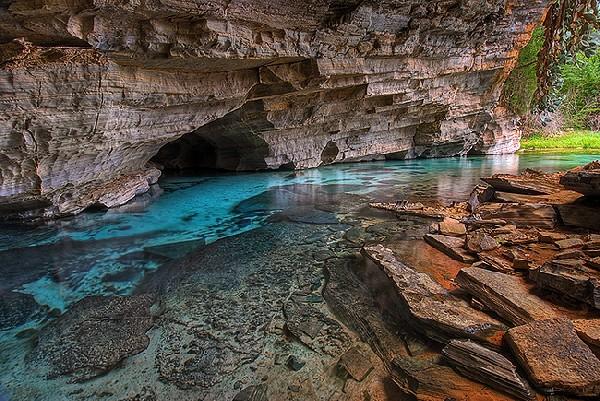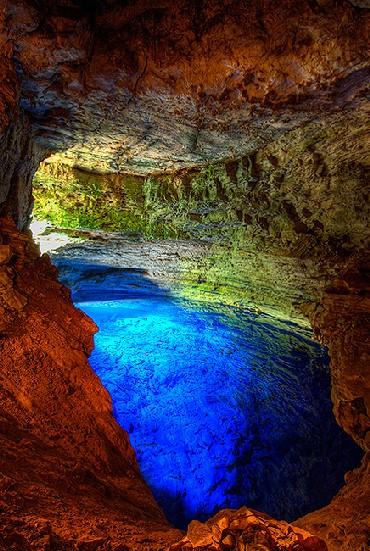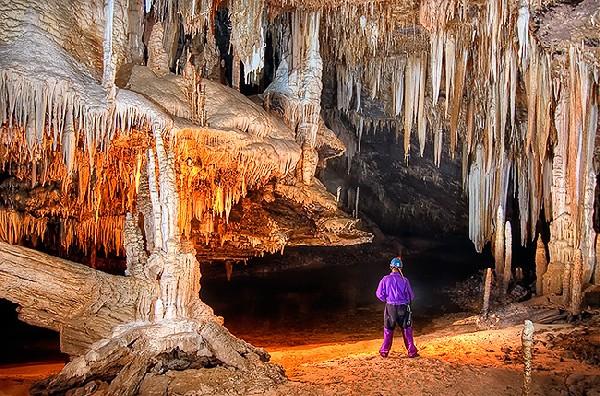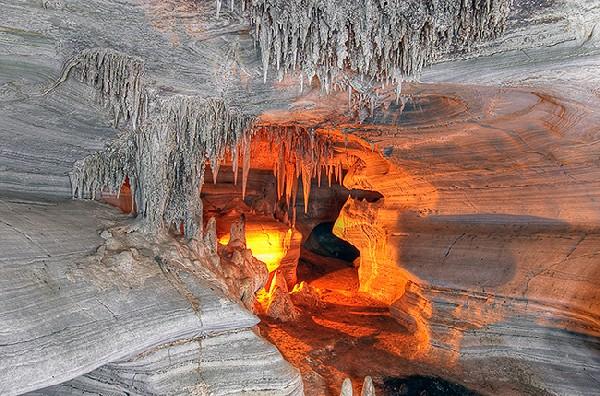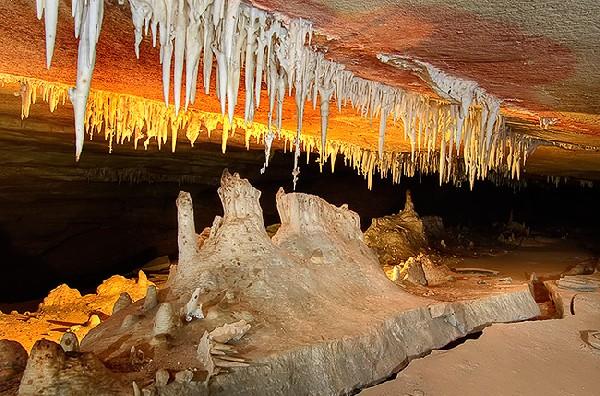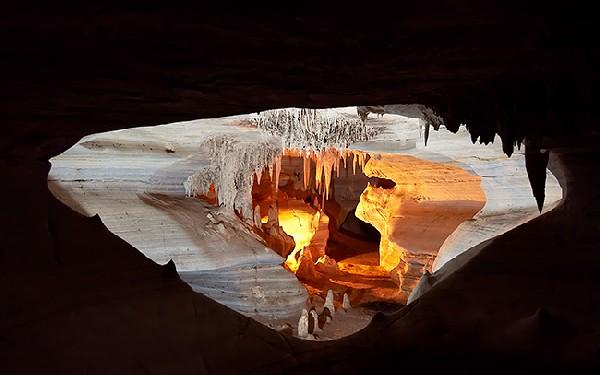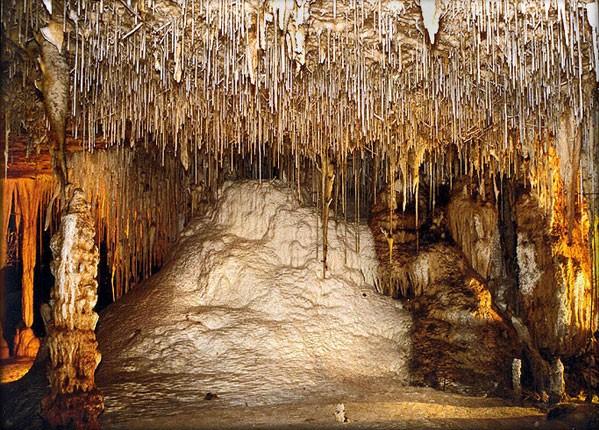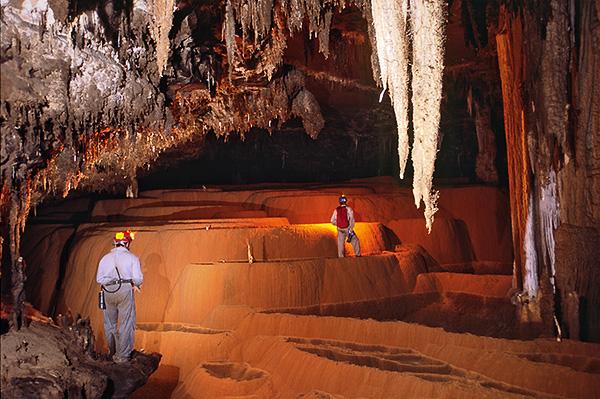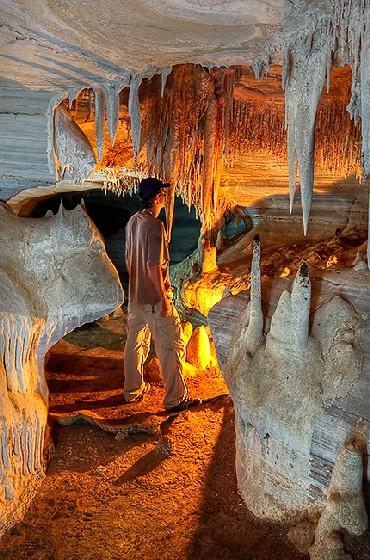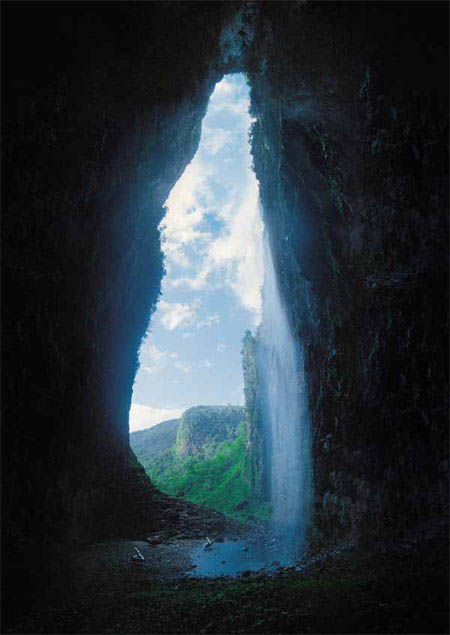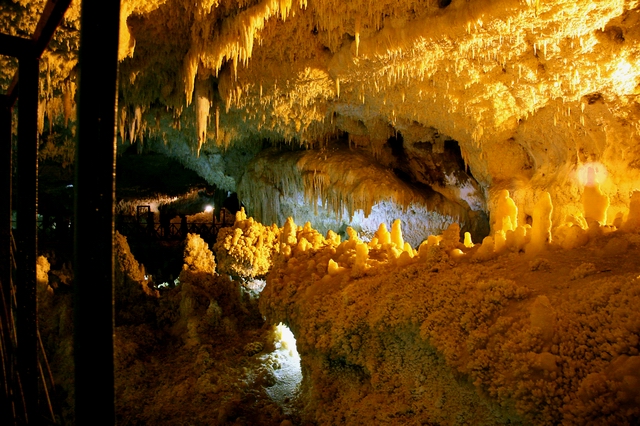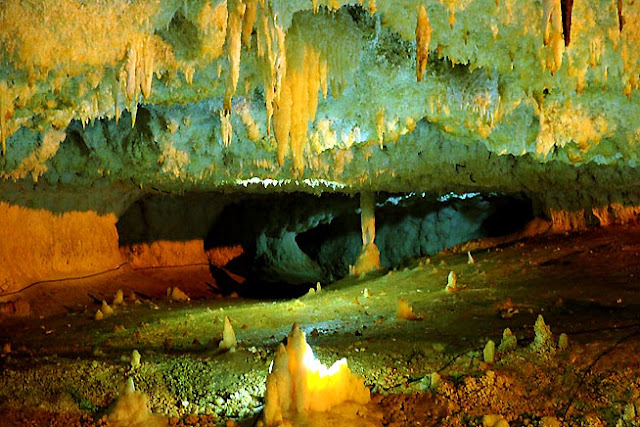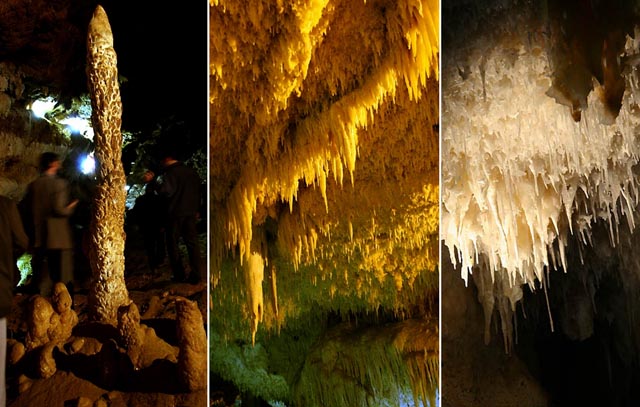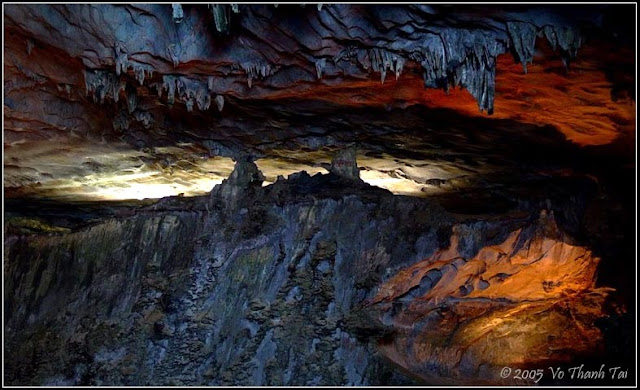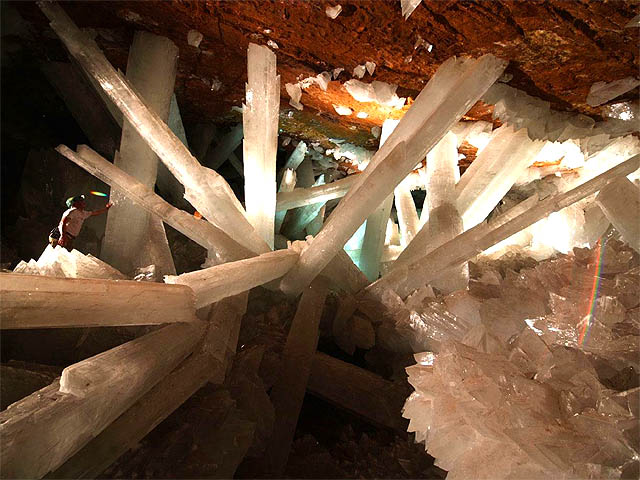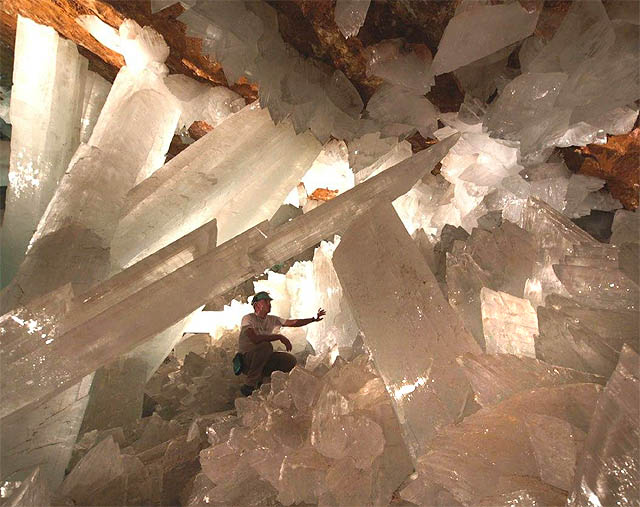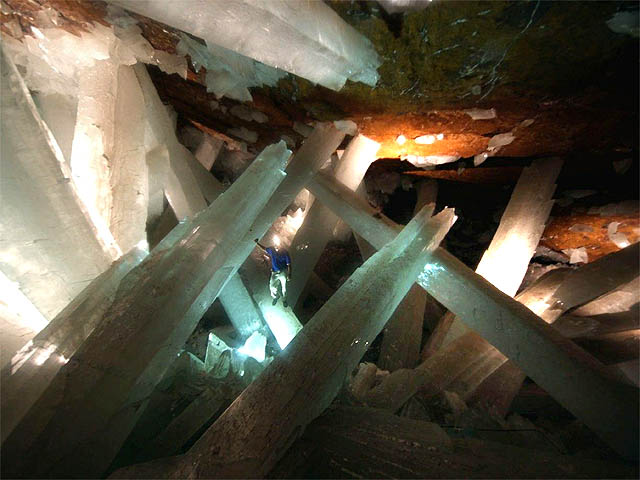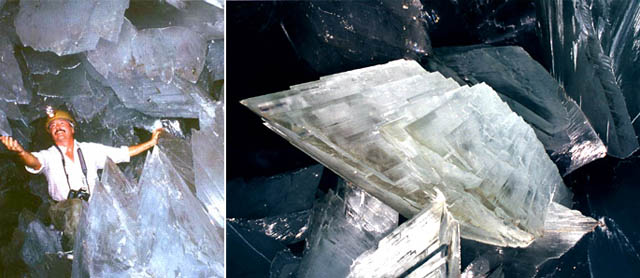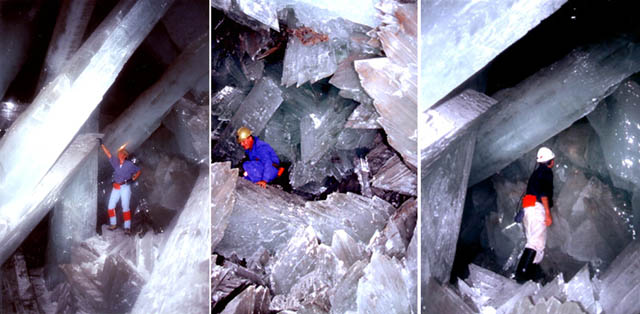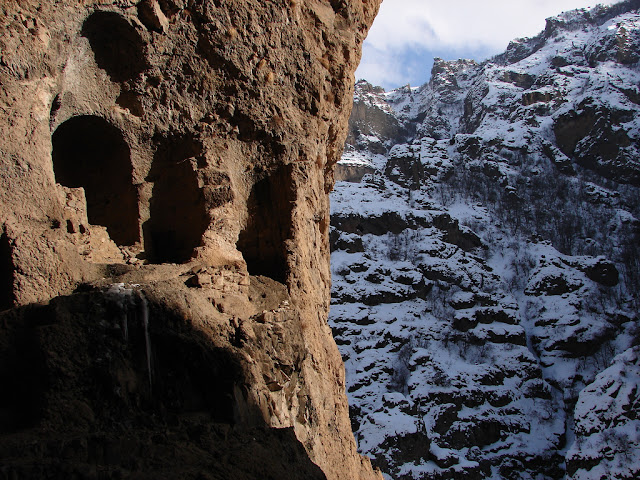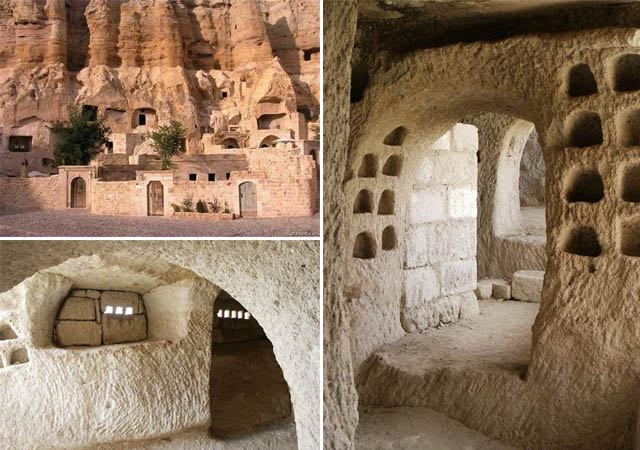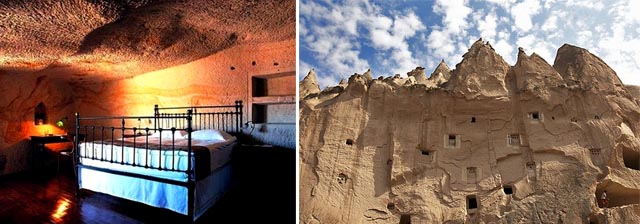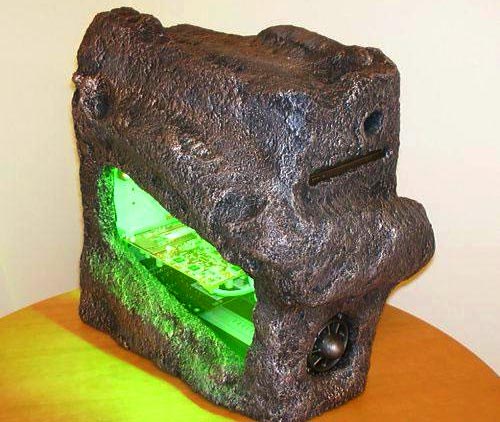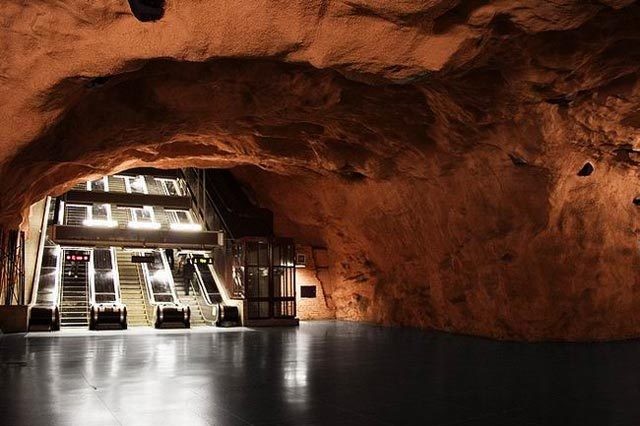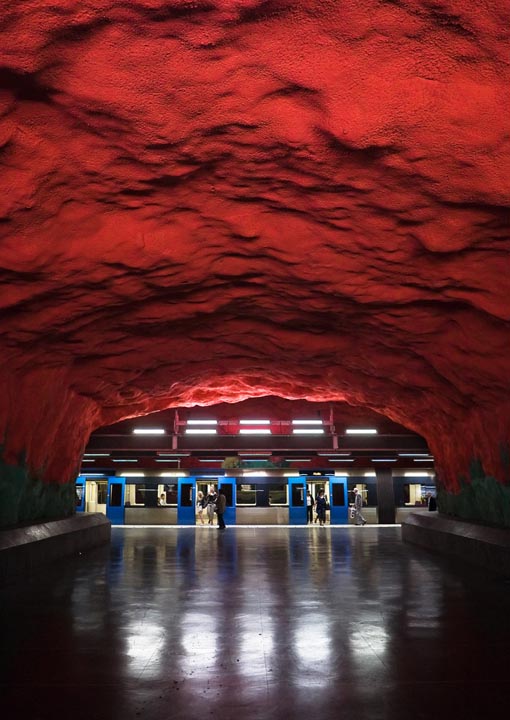The European Organization for Nuclear Research (CERN) says it expects to restart the Large Hadron Collider (LHC) by this weekend after more than a year of repairs. The 27 km (17 mi) particle accelerator was launched last year, but suffered a failure from a faulty electrical connection, damaging 53 of the smasher's 9,300 superconducting magnets. Repairs are now completed, and the plan is to begin injecting protons into the LHC this weekend, on the path to search for particles such as predicted-yet- unobserved Higgs Boson. Collected below are some photographs of the repairs, and of the LHC and some of its experiments in various stages of construction.
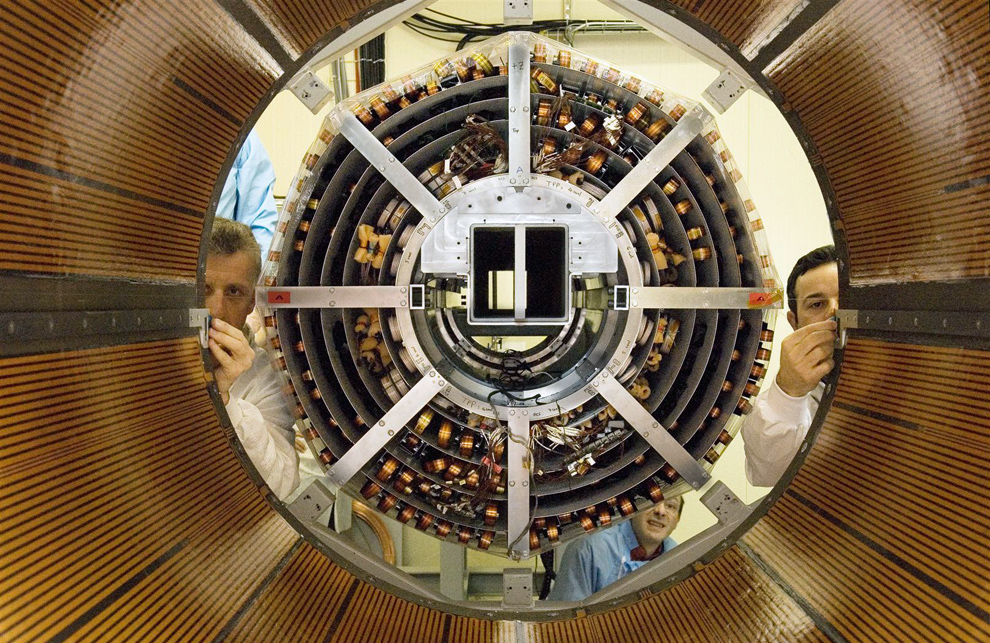
Combining two major ATLAS inner detector components. The semiconductor tracker is inserted into the transition radiation tracker for the ATLAS experiment at the LHC. These make up two of the three major components of the inner detector. They will work together to measure the trajectories produced in the proton-proton collisions at the centre of the detector when the LHC is switched on. Photo taken on February 22nd, 2006. (Maximilien Brice, © CERN)

2
Views of two step of an ultrasound and induction welding to interconnection between two LHC magnet at sector 3-4 during repair operation on March 26th, 2009.

3
Visible damage to the LHC magnets in sector 3-4 of the LHC on November 12th, 2008. On September 19th, 2008, as the LHC was being switched on, a faulty electrical connection between two of the accelerator's magnets caused a large helium leak, which violently vented 6 tons of helium into the tunnel. The resulting temperature rise damaged some 53 magnets.

4
Detail of some of the damage done to the LHC magnets in sector 3-4 on September 19th, 2008.

5
Moving and placement of a quadrupole at sector 3-4 in the LHC tunnel on April 30th, 2009.

6
A replacement magnet for LHC sector 3-4 being lowered in the tunnel on January 19th, 2009.

7
Moving and placement of a quadrupole at sector 3-4 in the LHC tunnel on April 30th, 2009

8
Transporting a quadrupole through sector 3-4 in the LHC tunnel on April 30th, 2009.

9
Installation of a new dipole in the LHC tunnel at sector 3-4 on April 6th, 2009.

10
Detail of one of the LHC's 18-kW 4.5-K refrigerator units, part of the larger cryogenic system used to maintain superfluid helium temperatures of about 1.9k (-271.25° Celsius or -456.25° Fahrenheit). Photograph taken on April 28th, 2008.
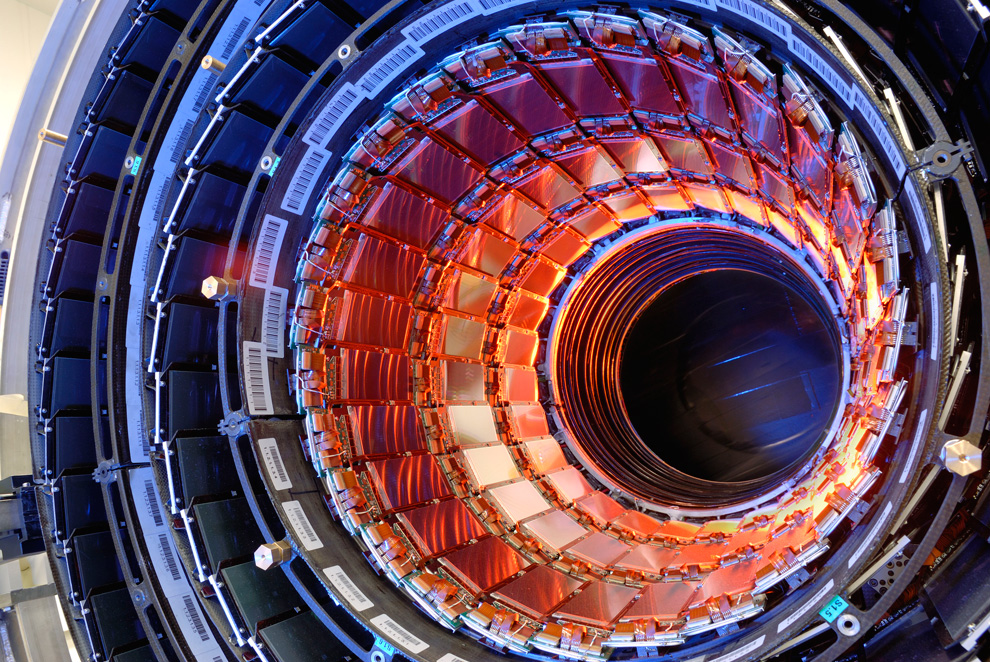
11
The silicon strip tracker of the Compact Muon Solenoid (CMS) nears completion. Shown here are three concentric cylinders, each comprised of many silicon strip detetectors (the bronze-coloured rectangular devices, similar to the CCDs used in digital cameras). These surround the region where the protons collide.

12
An automated magnetic tape vault at CERN computer center, seen on September 15th, 2008. The tapes are used to store the complete LHC data set, from which a fraction of the data is copied to overlying disk caches for fast and widespread access. The handling of the magnetic tape cartridges is now fully automated, as they are racked in vaults where they are moved between the storage shelves and the tape drives by robotic arms.
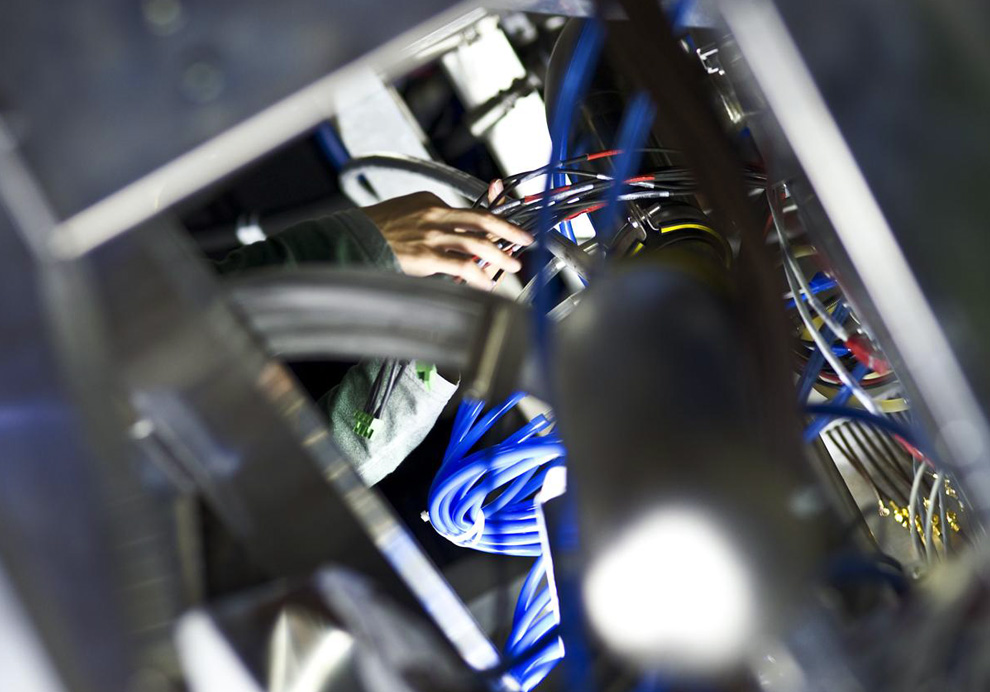
13
Final work is done on the detectors inside the L3 magnet of the ALICE experiment on July 10th, 2008.

14
View of the CMS Detector before closure on August 17th, 2008.
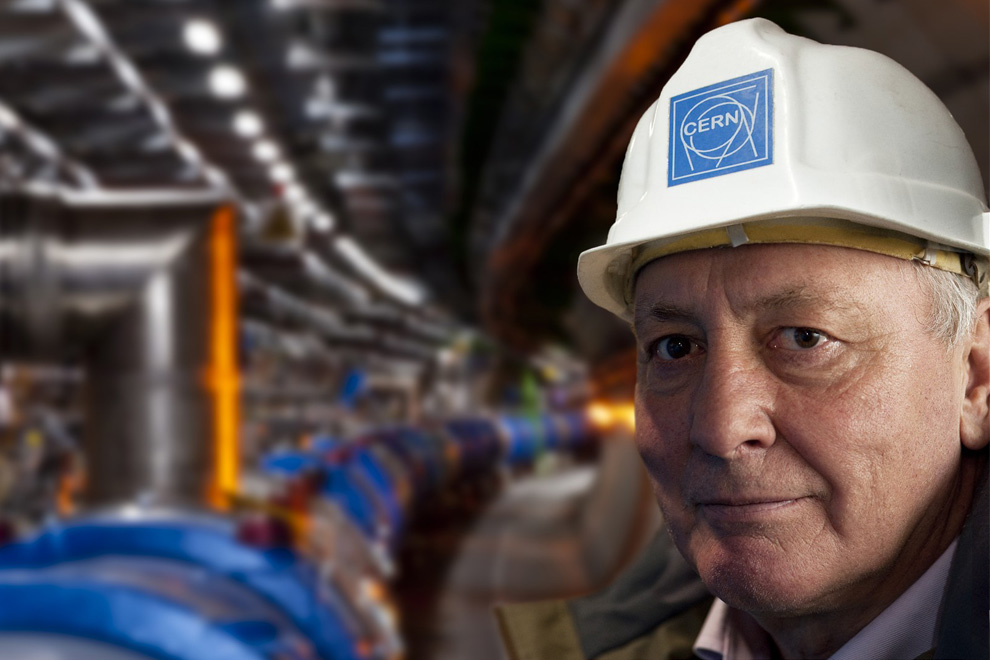
15
Portrait of Lyn Evans, LHC project Leader, on December 3rd, 2008.
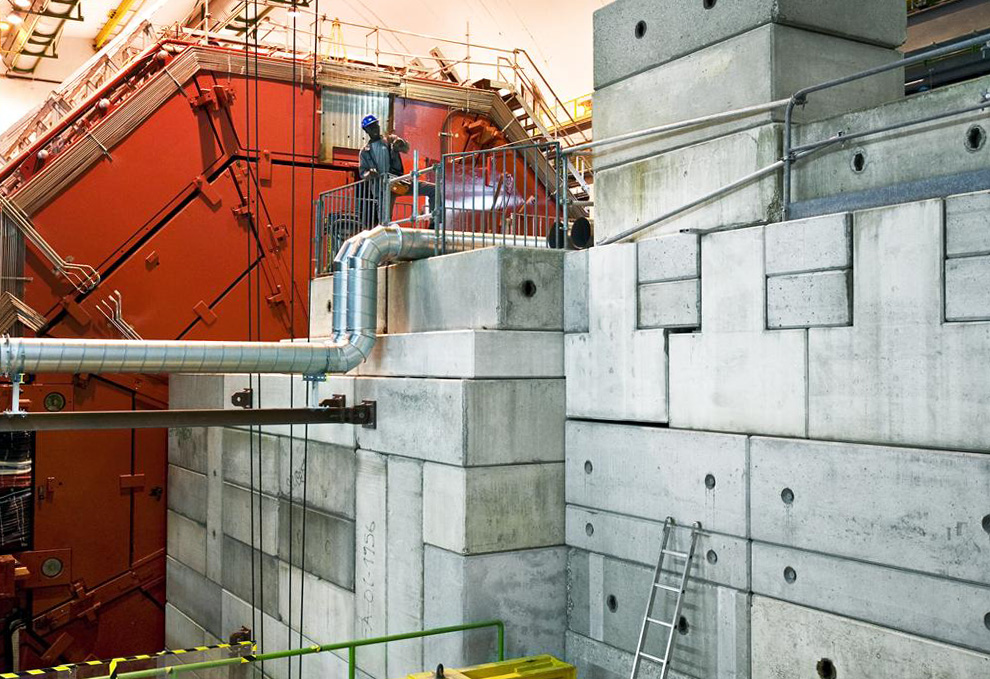
16
Shielding of the L3 magnet, ALICE experiment on July 10th, 2008

17
Final preparations on a replacement magnet ready to be lowered into sector 3-4 on November 27th, 2008.

18
A tunnel with part of one of the beam dumps of the LHC at point 6. Beam dumps are absorption mechanisms where the powerful beams can be extracted completely from the LHC, consisting of a 7m segmented carbon cylinder, 700mm in diameter, contained in a water-cooled steel cylinder, surrounded by about 750 tons of concrete and iron shielding. The sign at top warns of the presence of helium, argon and/or nitrogen in nearby pipes - gases that (if they leaked out) could displace oxygen and cause unconsciousness.
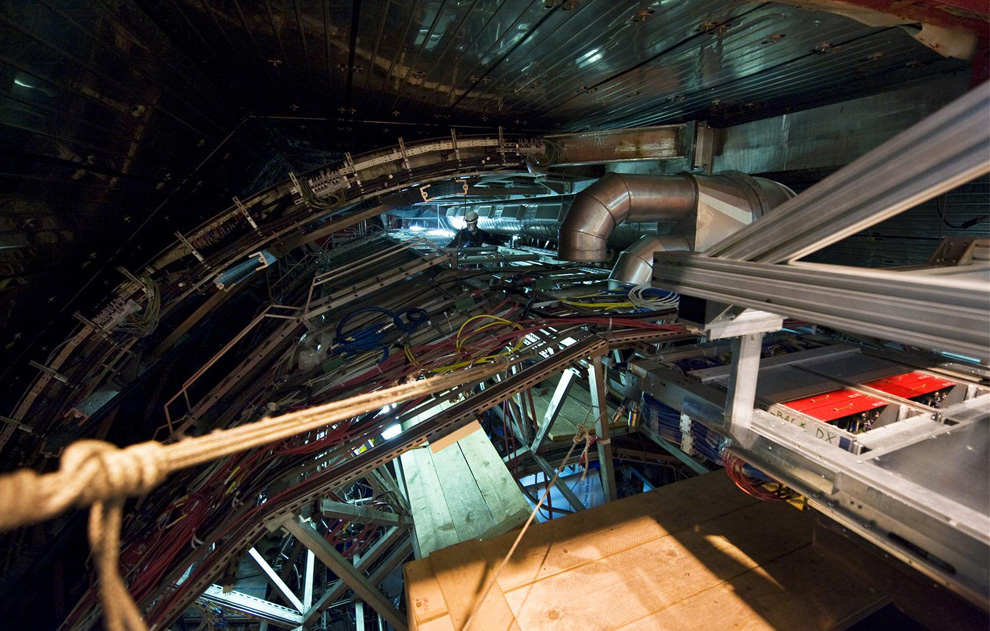
19
Insertion of a Time Of Flight (TOF) module in the upper part of the spaceframe for the ALICE experiment. Charged particles in the intermediate momentum range are identified in ALICE by the TOF detector. The time measurement, in conjunction with the momentum and track length measured by the tracking detectors is used to calculate the particle mass.
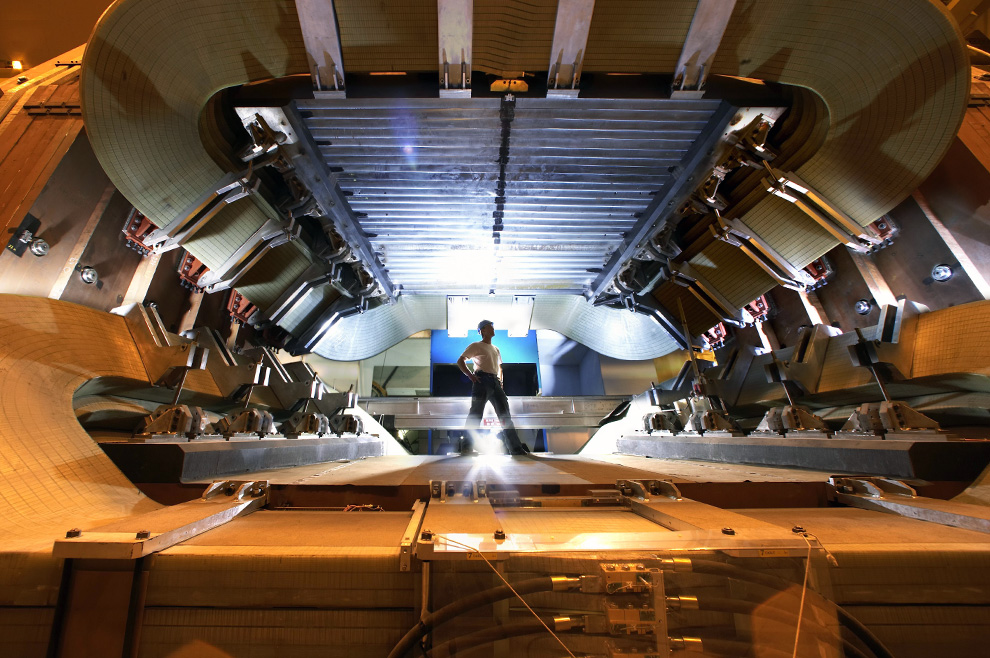
20
Detail of the LHCb Magnet, seen on September 5th, 2008.

21
A collimater for the LHC. The powerful LHC collimation system protects the accelerator against damage due to unavoidable regular and irregular beam loss.

22
View of the LHC machine in the tunnel at the junction part with the beam dump at point 6 on July 25th, 2008.

23
View of the CMS Detector before closure, on August 17th, 2008.
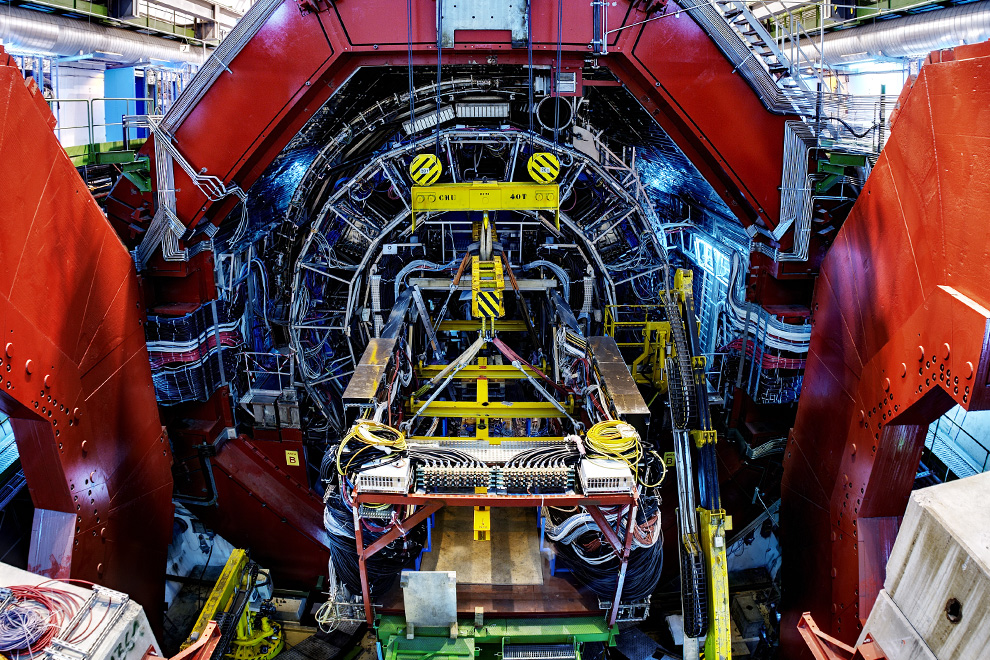
24
Last views of the L3 magnet before its closure on June 28th, 2008.

25
Closing of the 30-inch-thick, 430 ton L3 door on the I side, ALICE experiment, on June 11th, 2008.
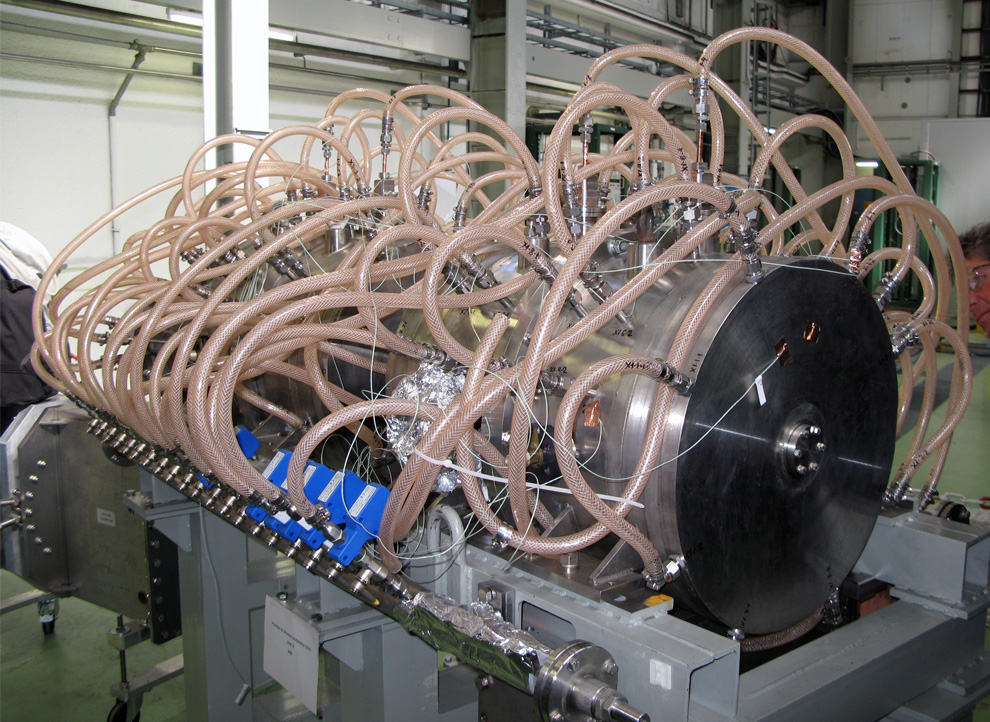
26
A radiofrequency chamber of the LHC. Radiofrequency chambers give a kick to the protons once per circuit to increase their speed. Original here.

27
A fireman examines emergency exit signage in the LHC tunnel on February 21st, 2008, during an exercise with French, Swiss and CERN firemen.
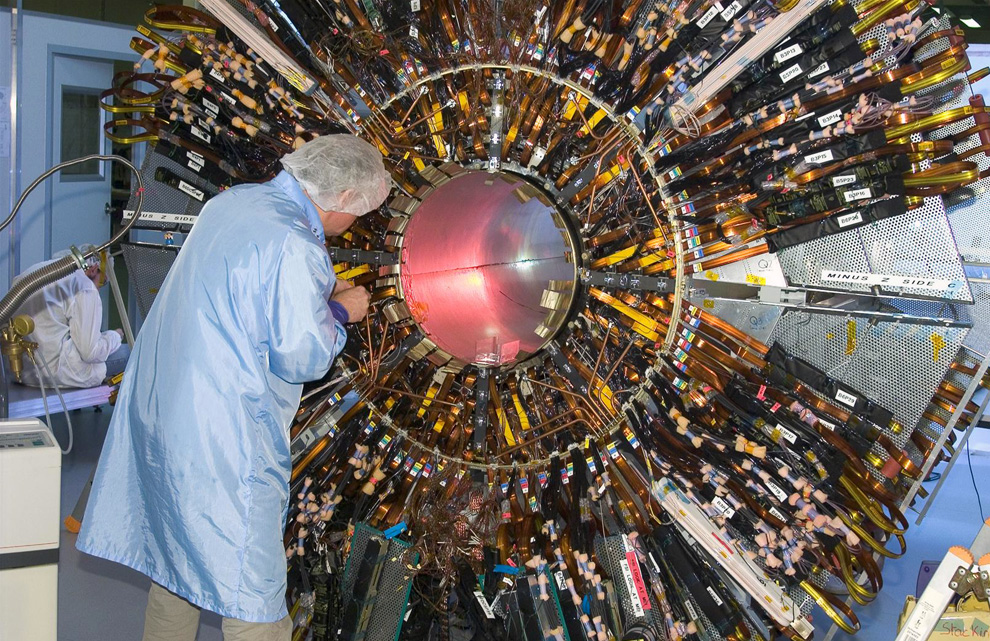
28
Work on the ATLAS semiconductor tracker barrel. Precision work is performed on the semiconductor tracker barrel of the ATLAS experiment. The semiconductor tracker will be mounted in the barrel close to the heart of the ATLAS experiment to detect the path of particles produced in proton-proton collisions.

29
Integration of the three shells into the ATLAS pixel barrel, the innermost tracking device of the experiment.
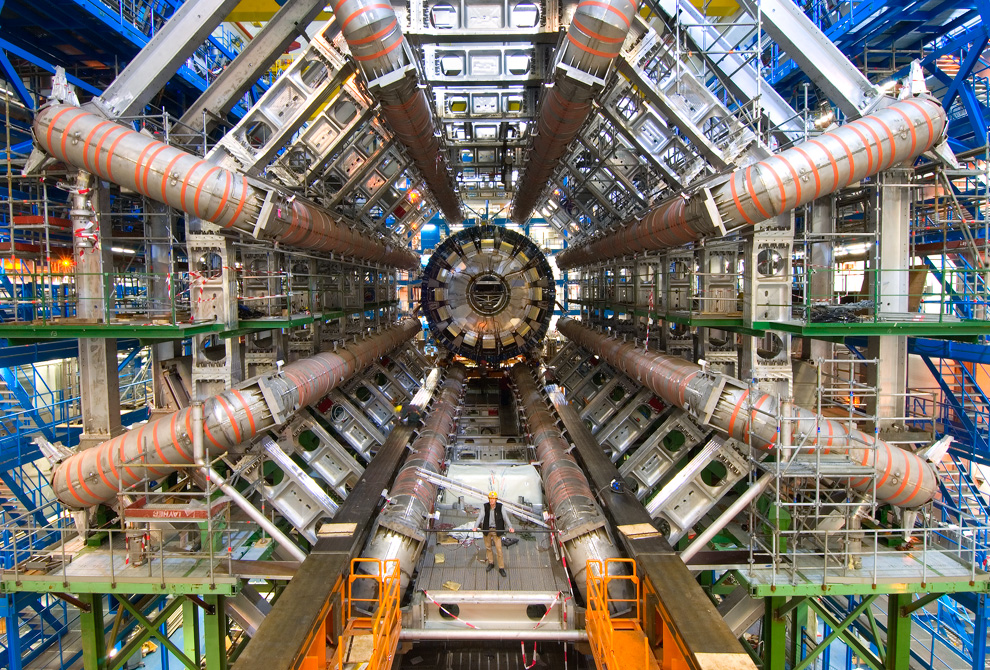
30
Installing the ATLAS calorimeter in November of 2005. The eight torodial magnets can be seen on the huge ATLAS detector with the calorimeter before it is moved into the middle of the detector. This calorimeter will measure the energies of particles produced when protons collide in the centre of the detector.
®Trust God, he knows ur future. He may not reveal it to you but he will walk with you as the future unfolds. Don't trust the stars, trust the one who made them. Gud Day!.







































